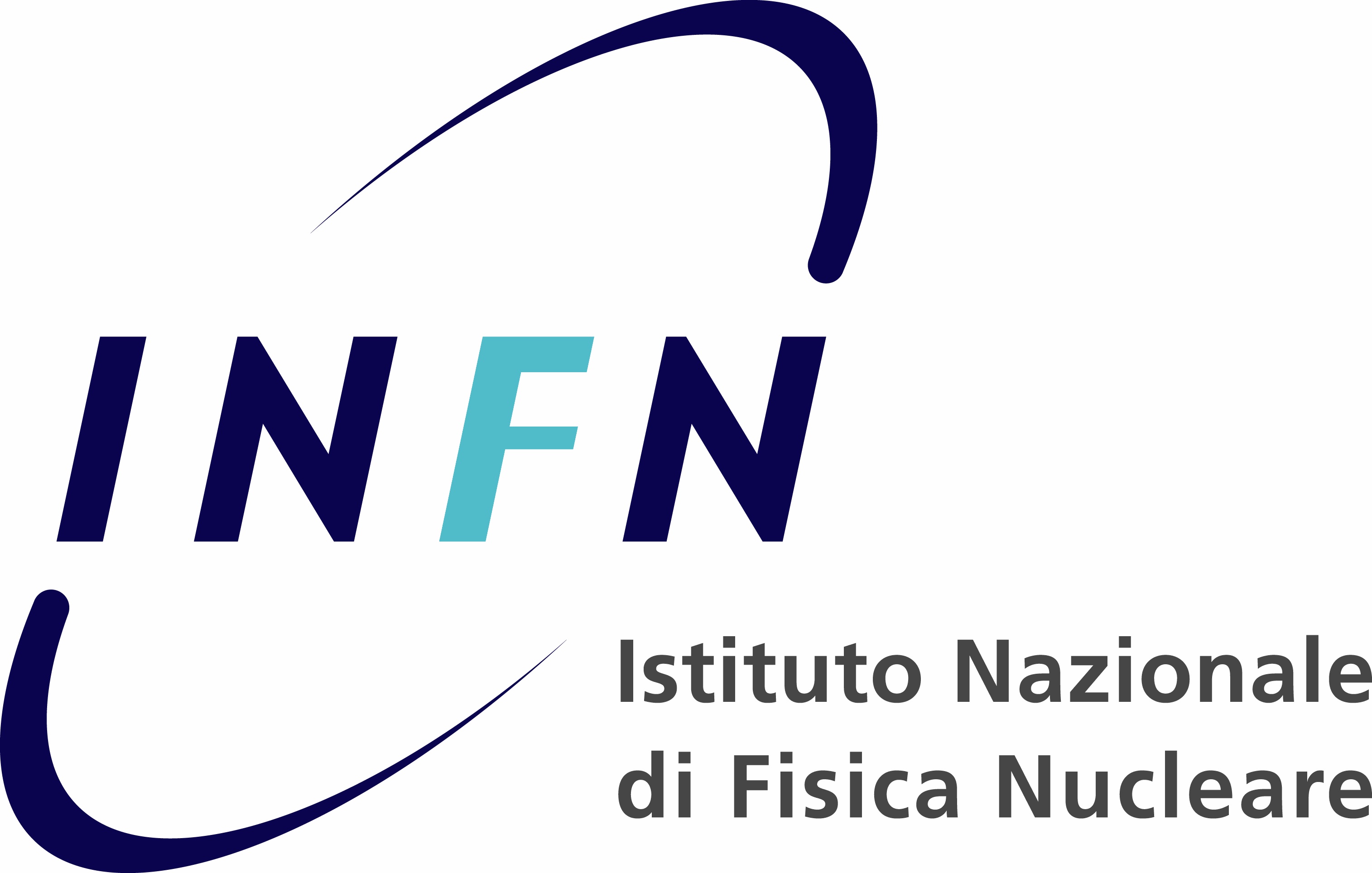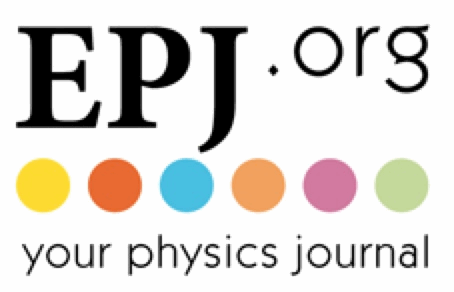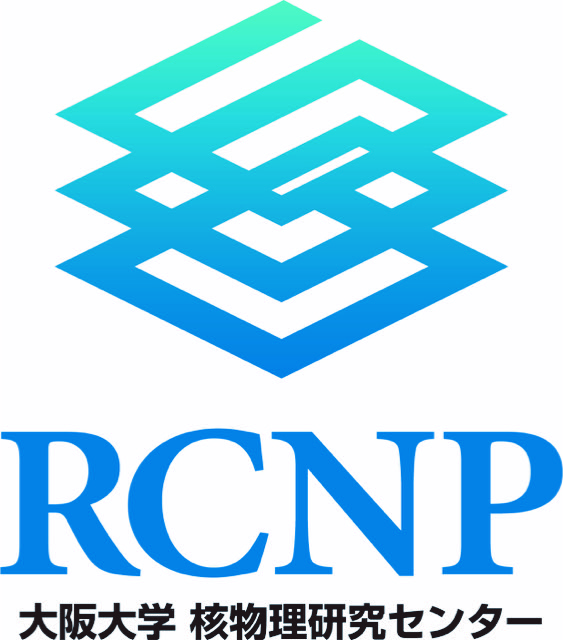Rewriting Nuclear Physics Textbooks: Basic nuclear interactions and their link to nuclear processes in the cosmos and on earth
→
Europe/Rome
Aula Magna (Polo Didattico Fibonacci)
Aula Magna
Polo Didattico Fibonacci
Bldg E
Largo Bruno Pontecorvo, 3
I-56127 Pisa
Italy
,
Description
The 2017 School follows the 2015 edition that was dedicated to the progress made by Low Energy Nuclear Physics with Radioactive Beams during the last thirty years. Similarly to the previous edition, the aim of the 2017 event is to attract and train the best possible students introducing them to the wonders of Nuclear Physics. We shall try to convey to such students a view of the rich variety of on-going activities in the field, both experimental and theoretical, as well as the progress we have made in the last years that can be developed further in the future.
The planned activities will be directed towards students who are in the process of deciding what graduate studies to specialize in. In Italy this happens typically when the students are achieving the qualification of Bachelor of Science or during their 1st year of Master of Science studies. INFN will offer about thirty scholarships to participate in this program: eligible are Italian students who during the present Academic Year will pass a Nuclear Physics class with top mark. Students from other countries will be accepted on the basis of a selection made in the country of origin according to the standards described above.
Content of the activity
In order to give to the activity a fully international character, and because we aim to encourage the participation of really young students, the first half day of the Summer School will be dedicated to some introductory lectures given in separated sessions in different languages. Then there will be fifteen more lectures during the following days. Each of them will cover an aspect of Nuclear Physics in which the understanding of the Nuclear Interaction and its experiment manifestation play a key role. Indeed in the last few years the view of the Nuclear Interaction concept has widened and deepened. We still base our understanding on the nucleon-nucleon interaction concept with parameters fitted on nucleon-nucleon scattering. Also phenomenological potentials are used to describe data of relatively simple direct reactions. On the other hand a great deal of progress has been made in justifying such potentials on the basis of microscopic approaches and effective field theories. During the week, there will be also presentations about the possibilities to work on a PhD thesis in Nuclear Physics in various international Laboratories and/or Universities. Each day will be concluded with some tutorials given in different languages in order to clarify the content of the plenary lectures.
The last day we plan a visit to the INFN EGO-VIRGO facility in nearby Cascina.
In parallel to the VIRGO visit, thanks to the presence of Drs. Christian Aaen Diget and Alessandro Pastore from York University, the master class
Binding Blocks: Building the Universe one Nucleus at a Time
Explore the concept and applications of binding energy through building a LEGO nuclear chart. Follow nuclear decay chains and research the uses of different isotopes
will run. More details at
https://www.york.ac.uk/physics/public-and-schools/secondary/binding-blocks/
https://www.york.ac.uk/physics/public-and-schools/secondary/nuclear-masterclass/
Original contributions will be invited for submission to the European Physical Journal Plus and the editorial board will be composed of Nicolas Alamanos (IRFU, CEA, Saclay, France), Carlos Bertulani (Texas A&M University, Commerce, Texas, USA), Angela Bonaccorso (INFN, Pisa, Italy), Angela Bracco (University of Milano, Italy), David Brink (University of Oxford, UK), Giovanni Casini (INFN, Florence, Italy), Mauro Taiuti (University of Genova, Italy).





Room location
The planned activities will be directed towards students who are in the process of deciding what graduate studies to specialize in. In Italy this happens typically when the students are achieving the qualification of Bachelor of Science or during their 1st year of Master of Science studies. INFN will offer about thirty scholarships to participate in this program: eligible are Italian students who during the present Academic Year will pass a Nuclear Physics class with top mark. Students from other countries will be accepted on the basis of a selection made in the country of origin according to the standards described above.
Content of the activity
In order to give to the activity a fully international character, and because we aim to encourage the participation of really young students, the first half day of the Summer School will be dedicated to some introductory lectures given in separated sessions in different languages. Then there will be fifteen more lectures during the following days. Each of them will cover an aspect of Nuclear Physics in which the understanding of the Nuclear Interaction and its experiment manifestation play a key role. Indeed in the last few years the view of the Nuclear Interaction concept has widened and deepened. We still base our understanding on the nucleon-nucleon interaction concept with parameters fitted on nucleon-nucleon scattering. Also phenomenological potentials are used to describe data of relatively simple direct reactions. On the other hand a great deal of progress has been made in justifying such potentials on the basis of microscopic approaches and effective field theories. During the week, there will be also presentations about the possibilities to work on a PhD thesis in Nuclear Physics in various international Laboratories and/or Universities. Each day will be concluded with some tutorials given in different languages in order to clarify the content of the plenary lectures.
The last day we plan a visit to the INFN EGO-VIRGO facility in nearby Cascina.
In parallel to the VIRGO visit, thanks to the presence of Drs. Christian Aaen Diget and Alessandro Pastore from York University, the master class
Binding Blocks: Building the Universe one Nucleus at a Time
Explore the concept and applications of binding energy through building a LEGO nuclear chart. Follow nuclear decay chains and research the uses of different isotopes
will run. More details at
https://www.york.ac.uk/physics/public-and-schools/secondary/binding-blocks/
https://www.york.ac.uk/physics/public-and-schools/secondary/nuclear-masterclass/
Original contributions will be invited for submission to the European Physical Journal Plus and the editorial board will be composed of Nicolas Alamanos (IRFU, CEA, Saclay, France), Carlos Bertulani (Texas A&M University, Commerce, Texas, USA), Angela Bonaccorso (INFN, Pisa, Italy), Angela Bracco (University of Milano, Italy), David Brink (University of Oxford, UK), Giovanni Casini (INFN, Florence, Italy), Mauro Taiuti (University of Genova, Italy).
Room location
| room | where | what |
| aula magna | bldg E | plenary sessions |
| aula 131 | bldg C | tutotial (Italian) |
| aula 163 | bldg C | tutotial (French) |
| aula 248 | bldg C | tutotial (English and Chinese) |
Email
Participants